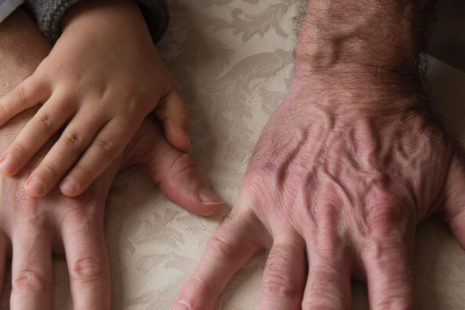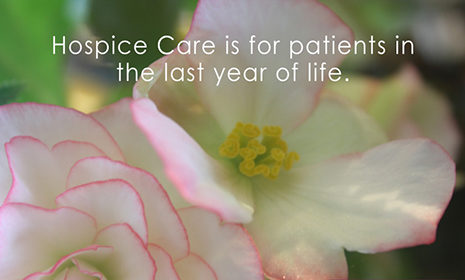The last days of hospice care are a sensitive and emotional time as the individual approaches the end of their life. Here are some everyday experiences and changes that may occur during the last days of hospice:
- Changes in breathing: The individual’s breathing may become irregular, shallow, or labored, and they may experience periods where they stop breathing altogether.
- Decreased consciousness: The individual may become unresponsive or difficult to arouse and unable to communicate.
- Changes in vital signs: The individual’s blood pressure, heart rate, and body temperature may begin to decrease.
- Skin changes: The individual’s skin may become cool to the touch, pale or mottled in appearance, or may have a bluish or grayish tint.
- Decreased appetite and thirst: The individual may have little or no interest in food or drink.
- Increased fatigue and weakness: The individual may become increasingly tired and weak and spend more time sleeping.
During this time, the hospice team will continue to provide care and support to both the individual and their family, helping to manage symptoms and provide comfort and emotional support. The hospice team may also offer bereavement support and guidance to the individual’s loved ones after their passing.
It’s important to note that not all individuals will experience the same signs and symptoms as they approach the end of life. The progression of these symptoms can vary widely depending on the individual’s medical condition and other factors. The hospice team can provide guidance and support to the patient and their family during this difficult time, helping to ensure that the individual is comfortable, cared for, and supported throughout the dying process.







